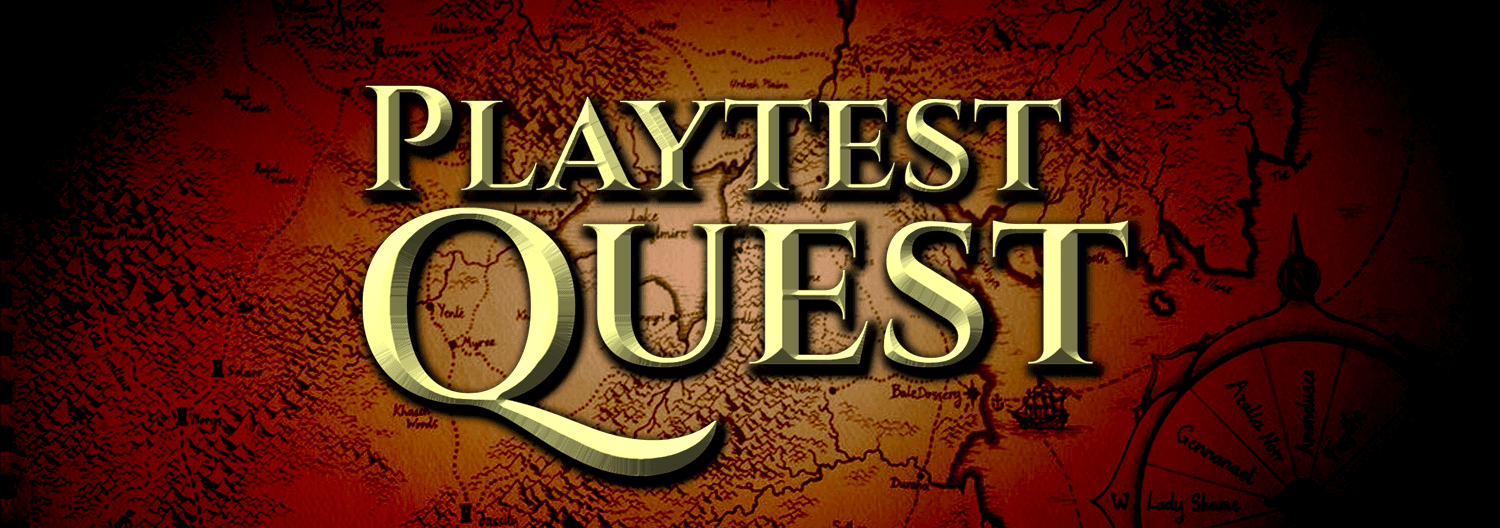Playtest Quest VI: Preparing for Battle
Session time: 2-6 Hours. If you need a lot of time for this, consider what you can do to scope down and make less. If you still can’t you may need to break this into a few short sessions. Timebox yourself and don’t worry about getting your game perfect.
If you’ve made it this far, be proud. Lots of game ideas die on the table before they are ready for a real playtest. In this session, you are prepping your cards for your first real playtest.
Depending on your focus and ways of working, this can go a few different ways:
Preparation Strategies
If you love the flavor and graphic design part, you might spend some more time on that. However, I recommend not going too deep into graphic design at this stage. Your game design could still change quite a bit from here. Avoid creating a lot of art if it doesn’t fit within your goals. Try to make art that could be reused later for different card designs.
If you are doing a playtest with people online, make sure you have all your cards designed on the computer and ready in a platform where you can test them. There are various tools available, such as Tabletop Simulator, Tabletopia, or even custom websites, depending on your comfort level and resources.
If you are testing in person and have steered away from traditional TCG design patterns, hand-drawn cards may be suitable, although they can be hard to parse. In-person playtests benefit from physical interactions and immediate feedback but ensure your cards are legible and functional.
Simplifying the Process
Your overall goal is to get a card design that won’t detract from the playtest of your game design. It doesn’t have to be beautiful, especially if you aren’t a graphic designer. It just has to help convey how your game works or at least not hinder it.
Whatever you do, make this part as easy as possible for yourself. Don’t try to stretch too far into art or game design if it isn’t natural for you. Just get your game ready for the test. Use placeholders if necessary, and focus on the mechanics and gameplay.
Contacting Playtesters
Once your cards and materials are ready, it’s time to contact your playtesters and book the session. Reach out to the people you’ve identified, whether through Discord, local game design groups, or friends. Let them know the details of the playtest session, including the date, time, and location. Be clear about your expectations and what you hope to achieve from the playtest. Make sure to confirm their availability so you have a committed group of testers.
Organize the session so everyone knows when and where to meet, whether it’s online or in person. Having a clear plan will ensure that the playtest runs smoothly and that you get the most out of the feedback and observations.
This is the next-to-last part of the series. You’ve done a great job getting this far, and I hope you’ve learned something valuable along the way. As you prepare for the final stages, remember to appreciate how far you’ve come. Keep up the great work!

